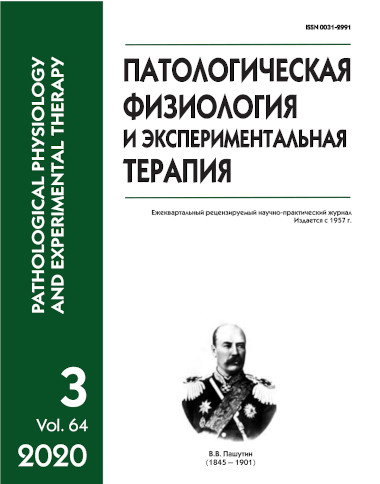Comparison of chondroplastic properties of the Chondro-Gide® and Chondroteck collagen membranes did not reveal reparative differences in the rat model of full-thickness defect of articular cartilage
Abstract
Background. Collagen-based membranes and scaffolds are widely used for implantation into various bone and cartilage defects. The Chondro-Gide® (Switzerland) collagen membrane is among membranes widely used for defects of articular cartilage in orthopedic practice of the Russian Federation. This membrane is considered to trigger a natural chondrogenesis mechanism. However, some clinical studies have shown that remote results are not always beneficial. A collagen-based membrane (working name, Chondroteck), which showed properties compatible to those of Chondro-Gide® in in vitro experiments, was recently developed at the Sechenov University (1st MSMU). Aim. To compare chondrogenic properties of these two membranes in vivo and to explore a possibility of using the Chondroteck membrane for restoration of full-thickness defects in articular cartilages. Methods. The full-thickness defects were created in the intercondylar fossa of 18 adult Wistar rats by drilling a 2.5 mm diameter hole into the subchondral bone (until small blood drops appeared on the bottom of the defect). Then rats were divided into three groups, control (no membrane added) and two experimental groups, one group with Chondro-Gide® and another group with the Chondroteck membrane implanted into the defect. Membranes were cut to the appropriate size, placed into the defect and covered with the patella. No additional fixation of membranes was required. Cartilage repair was assessed using the ICRS scoring system on histological sections stained with hematoxylin/eosin or toluidine blue. Results. Both collagen membranes improved the curvature of the articular surface and macroscopic appearance of the cartilage and protected the tissues surrounding the defect area as compared to the control. However, no formation or restoration of hyaline cartilage was detected in any group. Instead, fibrous tissue was formed at the defect area, and this fibrous tissue was similar in both groups with membranes. Conclusions. Both Chondro-Gide® and Chondroteck membranes can be utilized for restoration of cartilage surface. Formation of hyaline cartilage does not occur with either membrane. Thus, chondroplastic properties of both membranes are comparable, which allows to recommend the locally made Chondroteck membrane for further testing.






